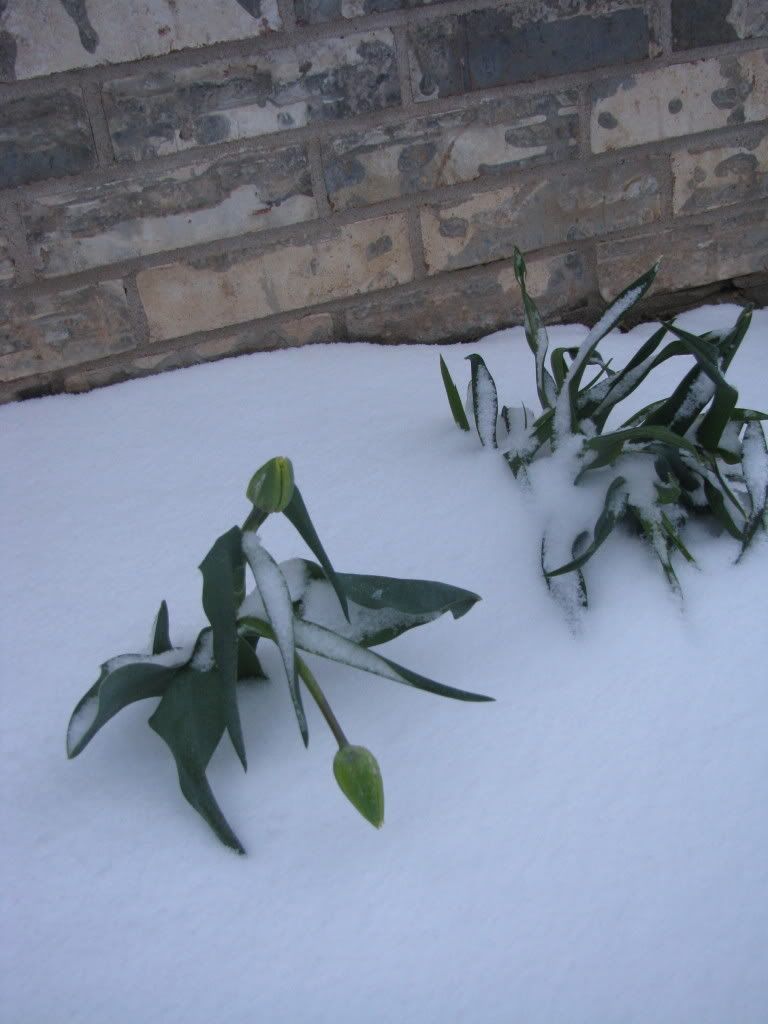I have always loved trees. If there is a soul to a garden, surely it lies within the trees. Trees not only define your landscape but they also beckon wildlife to come enjoy the beautiful gardens that you have created. Trees provide shade to your gardens as well as to your home so their selection and placement should be given the utmost consideration.
Unfortunately, many home landscapers aren't patient enough to do their homework before they buy and plant. Several years down the road they begin to experience buyer's remorse when they realize the trees they planted have undesirable elements such as seed pods or obtrusive roots or leaves that are large and cumbersome to clean up in the Fall. The most common problem is that they fail to visualize the tree as full grown before they planted and now the tree has grown too large for the space. Trees are difficult and expensive to remove, so doesn't it make sense to do a little research before you buy?
Unfortunately, many home landscapers aren't patient enough to do their homework before they buy and plant. Several years down the road they begin to experience buyer's remorse when they realize the trees they planted have undesirable elements such as seed pods or obtrusive roots or leaves that are large and cumbersome to clean up in the Fall. The most common problem is that they fail to visualize the tree as full grown before they planted and now the tree has grown too large for the space. Trees are difficult and expensive to remove, so doesn't it make sense to do a little research before you buy?
Planting trees is a step toward creating your Master Plan as discussed in previous posts. Don't underestimate the importance of your Master Plan. If you haven't drawn your design yet, visit this link for more information and perhaps inspiration. Designing Your Master Plan.
We have planted thirty-three trees in This Grandmother's Garden. That's a lot of holes to dig! My husband and sons are the expert hole diggers, and yes, there are things you need to know before you plant your trees. Here is a great resource to learn from: Ten Rules for Tree Planting.
We chose to plant most of our trees before we planted any other plants. I simply wanted to give them a head start on everything else, a chance to sink their roots deep and feel at home in my gardens and to begin to grow... quickly, which they have! Of course there is a secret for making trees grow quickly that I just may share in a later post. So come visit again!



